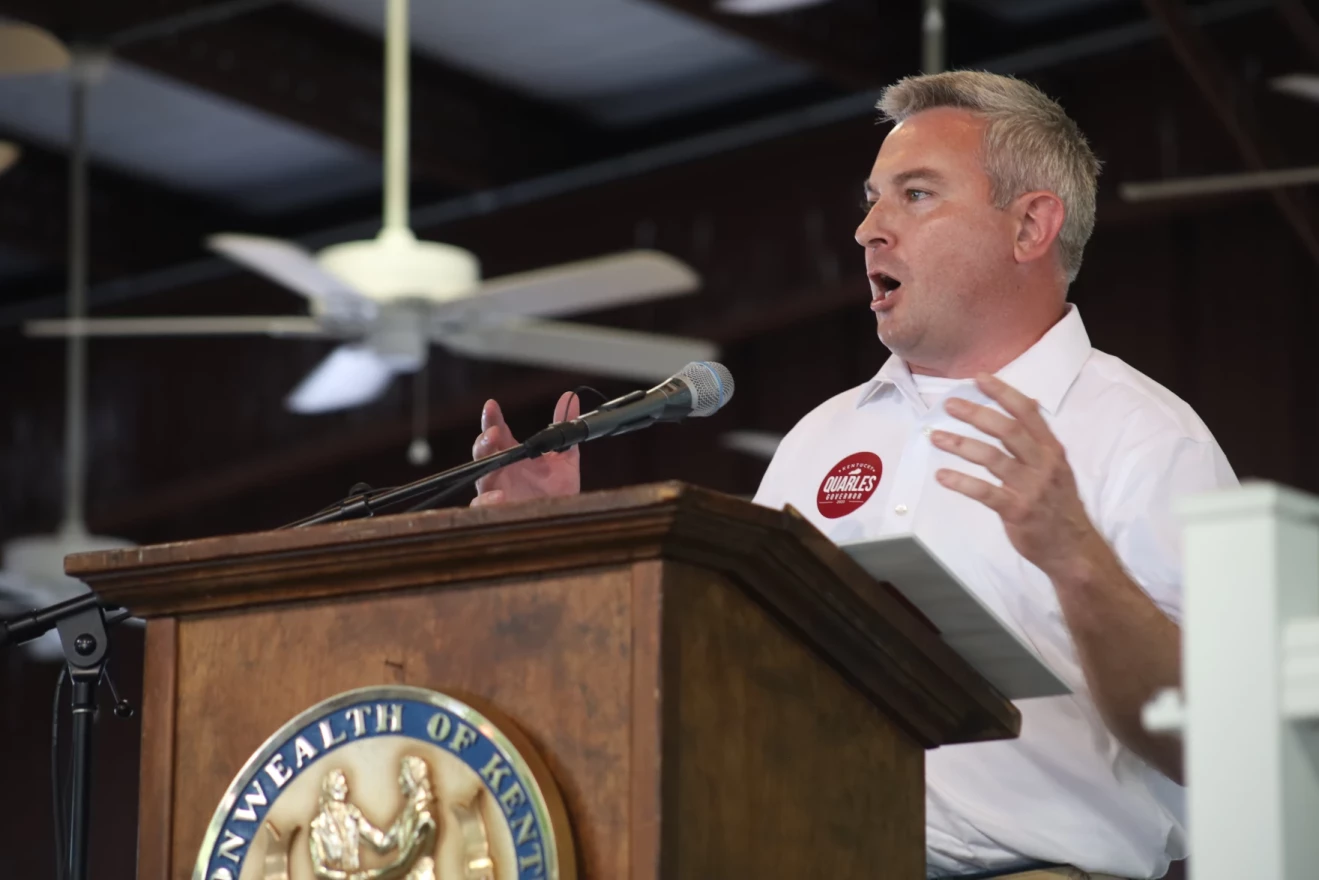The pilots involved in a fatal mid-air plane crash above Soldotna two years ago should have been able to see each other in the seconds before they collided. That's according to a new visibility study by the National Transportation Safety Board — part of a larger analysis released Wednesday about the crash that killed all five passengers and both pilots, Soldotna Rep. Gary Knopp and Greg Bell.
The board is not yet pointing to one probable cause for the crash. But the new, 11-page report zooms out on the many factors that could’ve contributed, like visibility.
To help determine whether Knopp and Bell would have seen each other before their planes collided, NTSB investigators reconstructed the view from each cockpit, piecing together laser scans from the reassembled wreckage and photos taken by the passengers.
They said Bell’s plane would’ve likely had an unobstructed view of Knopp’s for the 53 seconds leading up to the collision, while Knopp would’ve been able to see Bell’s for 28 seconds before the crash. The report said the minimum time for a pilot to “detect another aircraft, judge a collision course and take evasive action is about 12.5 seconds.”
But NTSB Regional Chief Clint Johnson said even with that information, there’s still a lot investigators don’t know, including whether Knopp’s vision’s problems contributed to the crash. That's among the factors investigators are continuing to look into before they release their factual analysis and probable cause of the crash next month.
The new report, Johnson said, just consolidates all the facts of the fatal crash so far.
“This is a factual data dump of everything that they collected during that very extensive and exhaustive investigation,” he said.
That investigation has been two years in the making, since Knopp’s private plane and Bell’s charter plane collided over Soldotna the morning of July 31, 2020, killing all onboard.
The five passengers on Bell’s plane were brothers MacKay and Caleb Hulsey and their partners, Kristin Wright and Heather Hulsey, all in their 20s and visiting from South Carolina, plus their fishing guide, 40-year-old David Rogers of Kansas. They were flying with High Adventure Air Charters, a Soldotna touring business that 57-year-old Bell co-owned.
According to the NTSB, Bell and the group took off from Longmere Lake in Soldotna around 8:24 a.m. in a de Havilland DHC-2 Beaver, headed for a remote fishing location on the west side of Cook Inlet.
Knopp took off around the same time from the Soldotna Airport, just to the southwest. The 63-year-old state representative was alone in his Piper PA-12 Super Cruiser and going to Fairbanks.
The NTSB said the planes collided about three minutes after takeoff.
An earlier report from the NTSB flagged Knopp’s vision issues. It said Knopp was denied a certification to fly years before the crash due to glaucoma in both eyes that limited his field of vision. That medical report was released along with hundreds of pages of documents last year.
The new report does not include new information about Knopp’s vision.
It does say that the crash could have been prevented if both pilots had devices called automatic dependent surveillance-broadcasts — or ADS-Bs. That’s a piece of technology that allows pilots to detect where others are in the airspace.
And it’s not currently required in the airspace above Soldotna. Knopp’s plane did have an ADS-B, while the High Adventure plane did not, according to the report.
The NTSB has asked the Federal Aviation Administration to require ADS-B technology in all charter planes, and has pointed to the Soldotna crash and another crash in Ketchikan to make its case.
The FAA, for its part, said it requires ADS-B in most controlled airspace and strongly encourages all operators to use the technology. And it said it can take years to implement recommendations.
Earlier this year, the NTSB also recommended that the FAA require pilots to report where they are in the airspace when flying within certain radio frequency zones, called common traffic advisory frequencies, or CTAFs. Pointing to the 2020 crash, it said overlapping frequencies in the same area might make that communication harder — for example, there are five different and overlapping CTAFs in the airspace above Soldotna.
Johnson said the factors in Wednesday’s report are all pieces of the investigation that the safety board will take into account when it does its final analysis of the crash and releases the probable cause.
“The four-member presidentially appointed board is the one that actually determines probable cause,” he said. “And you’ll see their determination on that hopefully within a month.”
The report comes as multiple lawsuits are in progress from the families of the crash victims against Knopp’s estate and his widow, Helen Knopp. Two of those suits, plus a counter-suit from Helen Knopp, also target charter pilot Bell and High Adventure Air Charters.
The other owners of High Adventure Air Charters, Marc and Sandy Bell, are now trying to sell their business, according to their website. They did not immediately respond to a request for comment.


